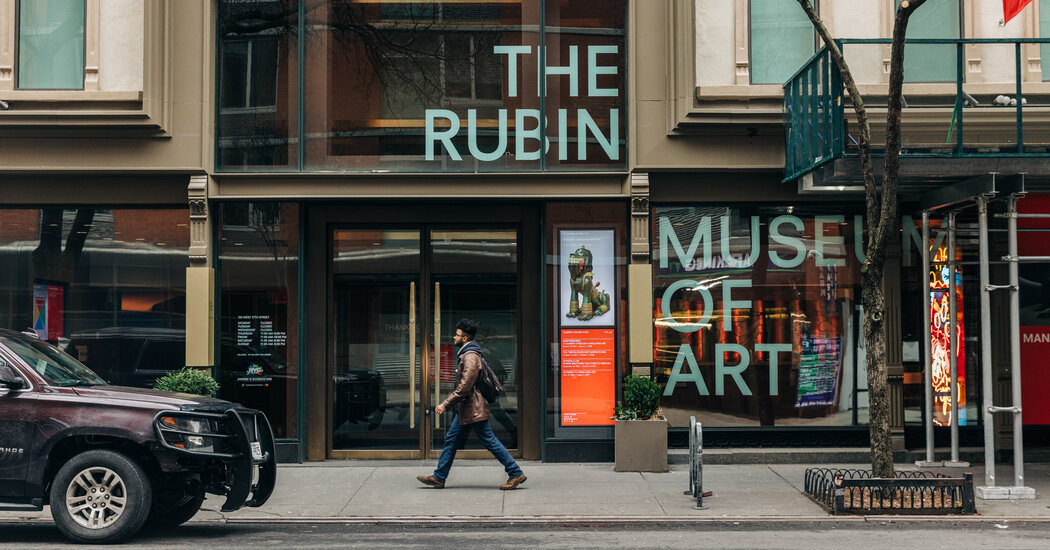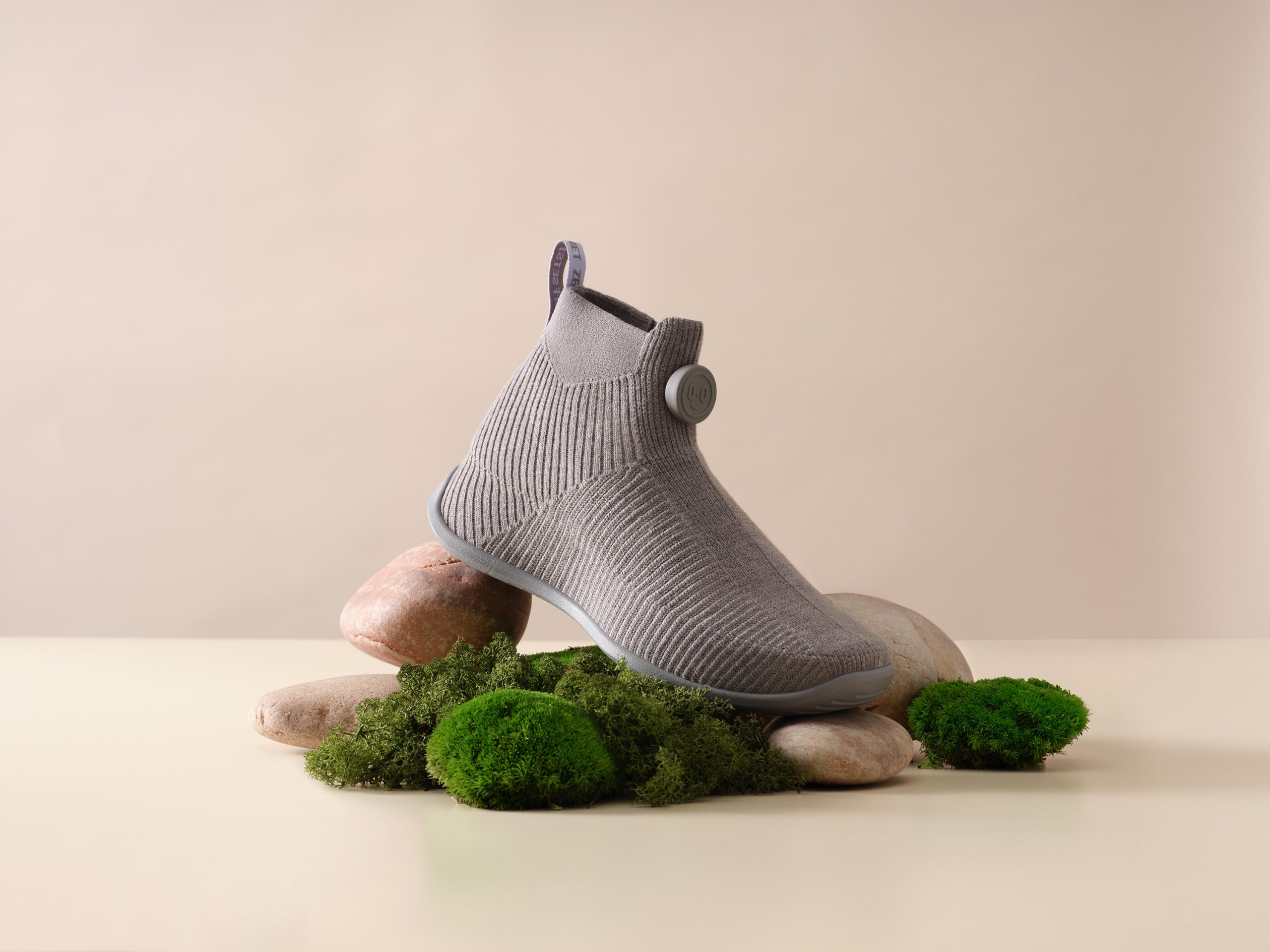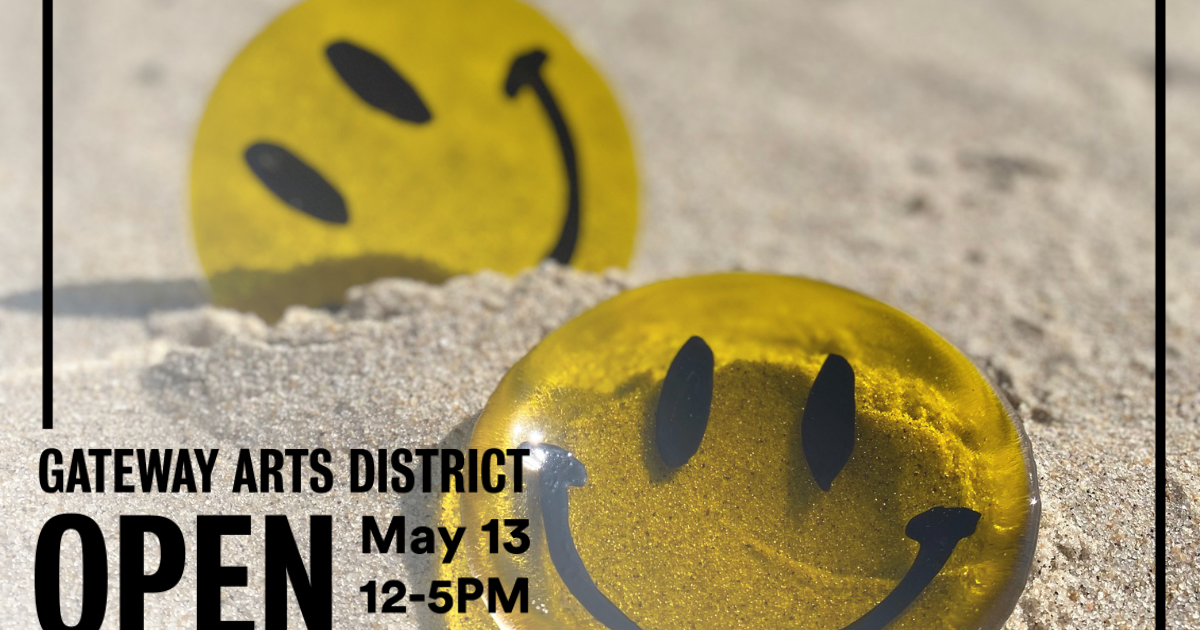The Rubin Museum of Art in Manhattan will shutter after two decades of championing its prized collection of art from Himalayan Asia, with leaders saying on Wednesday that they wanted to envision a modern museum without walls. But the museum, which will sell its building, was also facing financial challenges and had become a focal point in recent discussions about the history of religious objects being looted from Asian countries.
Doors to the Rubin Museum will close Oct. 6, when its last exhibition ends, before the institution transitions to a skeleton crew that will process long-term loans and research inquiries and help with fund-raising. Nearly 40 percent of its employees will lose their jobs, another set of cutbacks after the museum’s leader, Jorrit Britschgi, eliminated nearly two dozen positions in 2019 because of dwindling funds.
“The definition of what a museum is has evolved dramatically in recent years,” Noah Dorsky, the museum’s board president, said in a statement. “Historically, the Rubin’s culture embraces continual change and evolution, and in our new incarnation, we are redefining what a museum can be.”
The closure of its galleries shocked some museum professionals, who said it was the first time in their recent memory that a major museum had closed in New York City. Leading museums have faced a severe cash crunch since the Covid-19 pandemic changed the habits of tourists, leading several institutions to cut jobs and raise ticket prices. However, none have taken the Rubin’s extreme step of relinquishing all their real estate.
“Financially, things are really difficult for institutions right now,” said Laura Raicovich, a former museum executive who writes about challenges facing the arts. “The scarcity model of how cultural organizations operate in this country has become extreme, where the reliance on individual donors and corporations is higher than ever before.”
Founded in 2004 to promote the art collection of Donald and Shelley Rubin, the art museum hosted nearly 4,000 Himalayan art objects spanning 1,500 years of history. Its location on West 17th Street filled nearly 70,000 square feet inside a building previously occupied by Barneys New York, the fashion department store. The Rubin family purchased the property in 1998 for $22 million.
Britschgi said the museum intended to sell its Chelsea location, prime real estate that would most likely fetch tens of millions of dollars. That money, he said, would be deposited in the Rubin’s sustaining fund.
The building next to the museum, 115 Seventh Avenue — which housed Barneys until 2020 — sold for $21.5 million to a Queens developer in December. Louis Puopolo, head of operations for Douglas Elliman Commercial, said it could be optimal timing for the Rubin and an opportunity to pressure the new neighbors to make a competitive bid.
“They’re probably wisely saying, ‘We’ll put it on the market since it’s such a fantastic location,’” said Puopolo, who added that the property could be converted to residential or be used to house another museum or cultural center.
Through the years, the Rubin’s exhibitions could be revelatory; it was one of the only spots in New York that focused on Asian art, and there was a string of lauded shows through the 2010s that brought contemporary artists into the context of Tibetan and Nepalese traditions.
“What the Rubin tried to do was make objects that are normally classified as artifacts in other museums into objects that were as vibrant and alive as contemporary art,” said Chitra Ganesh, an artist who will be included in the museum’s last exhibition. “What the closure signals is that there continues to be a lack of structural support and visibility for Asian artists.”
Erin Thompson, a professor of art crime at John Jay College of Criminal Justice in Manhattan, noted that the museum could face questions about its charitable status if the public did not receive regular access to the art collection.
“Donors to the museum have been able to claim tax deductions for helping the museum display art to the American public,” she said. “Will the public continue to benefit from this art once the museum closes?”
Britschgi said the museum, which will stay based in New York and collaborate with other institutions, was classified as a public charity and would not change its legal status. “People hear ‘museum’ and think it is a space where we can walk into,” he said. “That is changing for us.”
Scholars also expressed concern that the museum’s decline would affect its commitment to provenance research. The institution repatriated several religious artworks back to Nepal after citizen activists unearthed information that indicated relics at the Rubin had been smuggled out of the country.
“It was a good place for research,” said Ashish Dhakal, a graduate student at Columbia University who focuses on Nepali art. “But it has a difficult relationship with the field because so many objects have questionable provenance.”
Britschgi noted that the museum recently hired another employee to conduct provenance research. “Repatriation remains an important part of our work,” he said. “This decision has nothing to do with the works that we have repatriated.”
The museum director said he was proud of his seven-year tenure. He had planned to depart in 2021 but stayed on through the pandemic after the board allowed him to work remotely from Europe.
“I am proud to have led the organization through interesting times, and partially also turbulent times,” Britschgi said. “I am proud to have led the organization through a phase of innovation and experimentation, and now a phase of bold changes and transformation as we are entering a new chapter.”
Ronda Kaysen contributed reporting.



